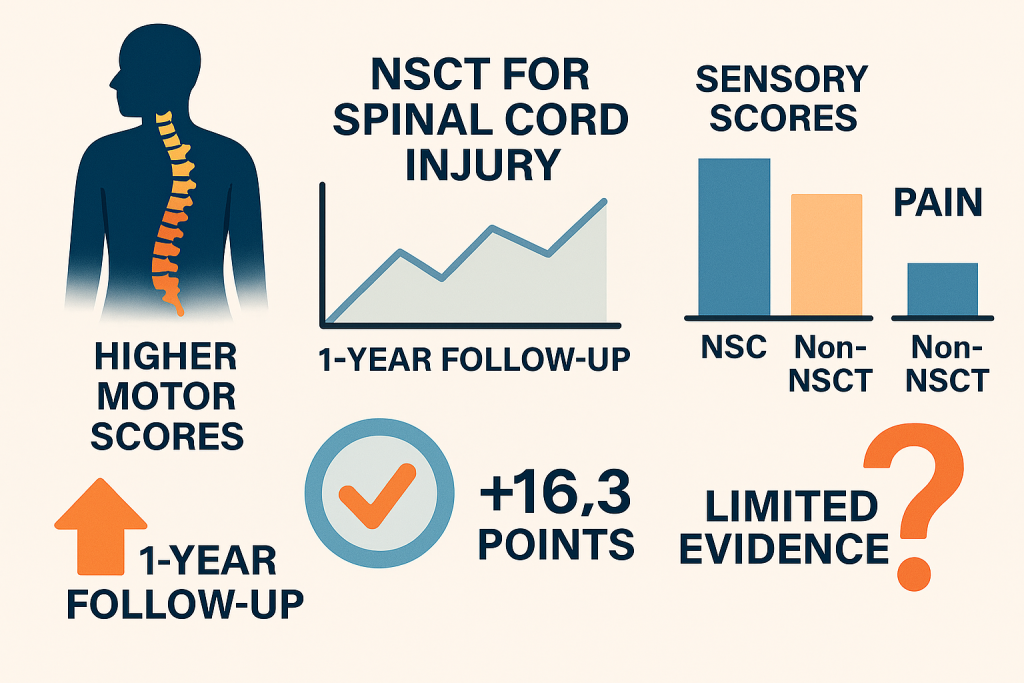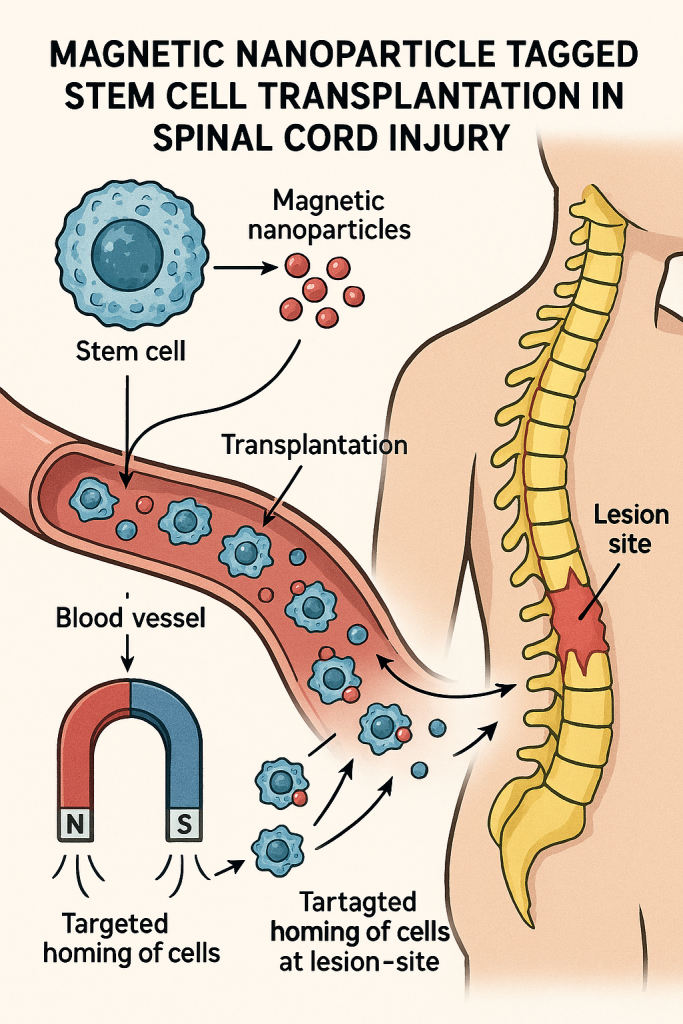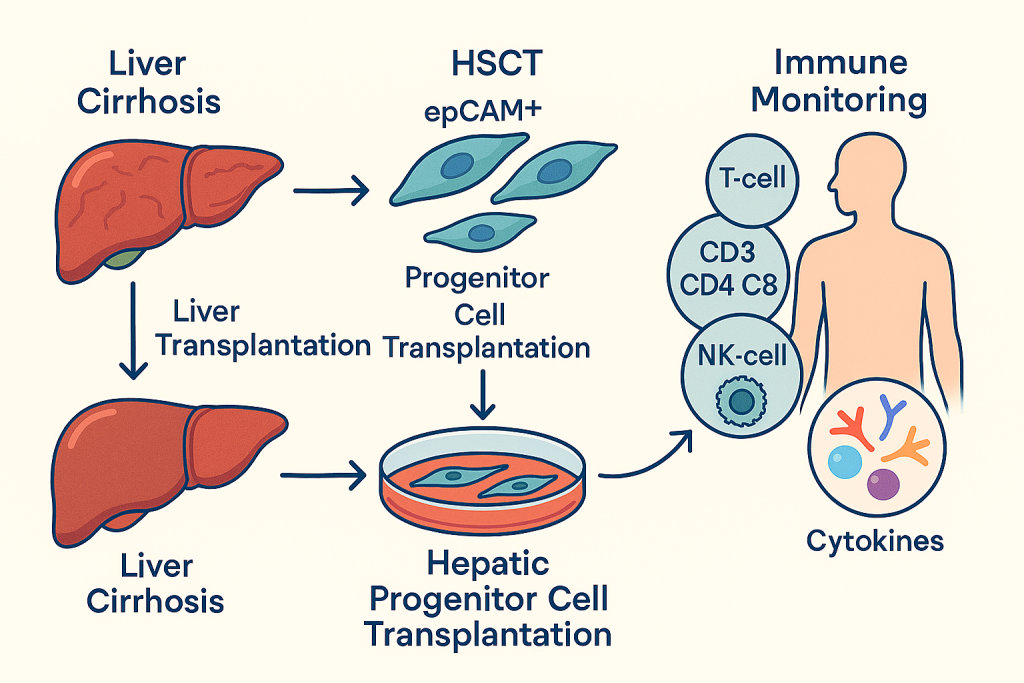Research Paper Dashboard
Overview
At the Centre for Liver Research and Diagnostics, our research journey reflects a dynamic evolution from foundational studies to pioneering innovations, driven by our commitment to advancing liver health and biomedical science.


Our early research laid the groundwork for future breakthroughs, with 116 publications spanning liver diseases, gastrointestinal disorders, and infectious conditions such as amoebiasis and hepatitis. These studies, conducted between the late 1970s and early 2000s, established a strong scientific foundation and continue to inform clinical understanding and therapeutic approaches.


The Centre for Liver Research & Diagnostics has conducted an extensive body of work on Helicobacter pylori, comprising over 10 dedicated research studies. These investigations have explored the bacterium’s genetic diversity, virulence factors, transmission routes, and antibiotic resistance patterns. Collectively, this research has advanced our understanding of H. pylori-associated gastric diseases and contributed to the development of improved diagnostic tools and targeted treatment strategies. The Centre’s work continues to inform both clinical practice and public health policy in regions with high infection prevalence.
The Centre for Liver Research & Diagnostics has produced a robust collection of over 30 research publications in the field of Molecular Genetics and Immunology. These studies delve into the genetic and immunological underpinnings of complex diseases, with a focus on inflammatory disorders, cancer biology, infectious diseases, and biomarker discovery. By integrating molecular biology with clinical insights, this research has significantly contributed to the development of precision diagnostics, personalized therapies, and public health strategies. The Centre’s work continues to shape the future of translational medicine and molecular healthcare.


The Centre for Liver Research & Diagnostics has contributed over 20 research publications in the field of Nanotechnology, focusing on the development of novel nanomaterials for biomedical applications. These studies span innovations in drug delivery systems, biosensing platforms, cancer therapeutics, and biocompatible scaffold design. By integrating nanoscience with clinical needs, this research has opened new avenues for precision diagnostics, minimally invasive treatments, and targeted therapies. The Centre’s nanotechnology research continues to drive forward the future of personalized and regenerative medicine.
The Centre for Liver Research and Diagnostics (CLRD) stands at the forefront of innovation in regenerative medicine, with a dedicated focus on advancing the science of organ bioengineering. As liver diseases continue to pose significant global health challenges, the need for alternative therapeutic strategies beyond conventional transplantation has never been more urgent. Organ bioengineering offers a promising solution merging cellular biology, biomaterials, and tissue engineering to create functional liver constructs and support systems. These journal, Organ Bioengineering Research, serves as a scholarly platform to showcase pioneering research, clinical insights, and technological breakthroughs in the field. With contributions from leading scientists and clinicians, it reflects CLRD’s commitment to fostering interdisciplinary collaboration and translating laboratory discoveries into life-saving therapies. Through this initiative, we aim to inspire innovation, support academic excellence, and contribute meaningfully to the future of liver healthcare.


The Centre for Liver Research and Diagnostics (CLRD) is committed to pioneering advancements in regenerative medicine, with a special emphasis on stem cell research as a transformative approach to liver disease management. Stem cells hold immense potential to regenerate damaged tissues, restore organ function, and offer alternatives to traditional transplantation. In the context of liver health, these technologies are opening new avenues for treating chronic conditions and improving patient outcomes. The journal Stem Cells and Regenerative Medicine Research serves as a dedicated platform to disseminate high-impact research, clinical innovations, and translational breakthroughs in this rapidly evolving field. Through this initiative, CLRD aims to foster scientific dialogue, support interdisciplinary collaboration, and accelerate the journey from bench to bedside. We invite researchers, clinicians, and scholars to contribute to and benefit from this growing body of knowledge that promises to redefine the future of liver care.
